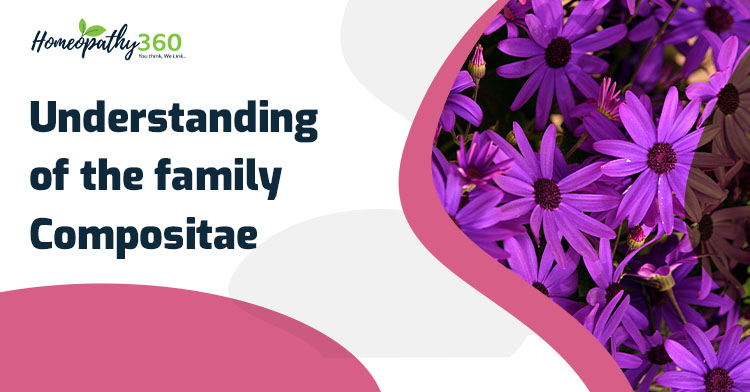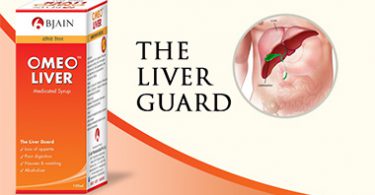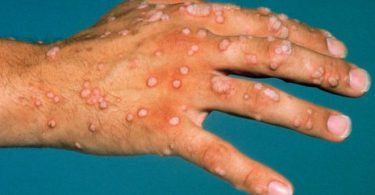
ABSTRACT
The family asteraceae, also known as compositae, consists of over 32000 species and 1900 genera. Commonly referred as daisy, aster, composite or sunflower family.
The family has widespread distribution from subpolar to tropical regions in a wide variety of habitats. They are mostly herbaceous plants and are economically important family providing food staples, garden plants and herbal medicines. Species outside of their natural ranges are considered as weedy or invasive.
KEYWORDS
Asteraceae, homoeopathy, medicinal plants.
INTRODUCTION
Compositae family is one of the biggest families in homoeopathic materia medica with 60 remedies. They are annual plants and perennial herbs, shrubs with 1900 genera and 32000 species. The appearance of single flower consists of many florets, hence that name of family is “compositae”. Flowers of compositae is of many individual florets, which are of two types :
- Regular of Disc florets – Form the central disc of short flowers
- Irregular of Ray florets – Form outside petals
All plants are characterised by strong aromatic odour either pleasant or pungent. Bitterness is the prevailing characteristic of these plants.
IMPORTANT REMEDIES OF THE GROUP
Since the group is one of the biggest family the remedies can be studied in groups:
- Injury group
- Convulsion group
- Gastrointestinal or GUT group
- Cichoriaceae family
- Fever group
INJURY GROUP:-
- Arnica montana
- Bellis perennis
- Calendula officinalis
- Erigeron canadensis
CONVULSION GROUP:-
- Abrotanum (Artemisia abrotanum)
- Artemisia vulgaris
- Cina maritima
- Chamomilla
GASTROINTESTINAL OR GUT GROUP:-
- Carduus marianus
- Carduus benedictus
- Tussilago farfara
- Tussilago fragrans
- Tussilago petasites
CICHORIACEAE GROUP:-
- Cichorium
- Lactica virosa
- Taraxacum
- Liatris spicata
- Lapsana communis
FEVER GROUP
- Eupatorium aromaticum
- Eupatorium perfoliatum
- Eupatorium purpureum
- Helianthus anmes
- Parthenium hysterophorus 1
REMEDIES
- Botanical name :- Bellis perennis L.
Synonyms: – Aster Bellis E.H.L Krause; Bellis hertensis Mill
Common Names: – english daisy, red english daisy
Drug Name: – BELLIS PERENNIS
Part used: – Tincture of whole fresh plant
Uses: – Acne, arteries, headache, indigestion, complaints of psoriasis, rheumatism.
Flowering and Fruiting: – April-June
Distribution :- Cultivated in gardens of India
Description :- It is low growing perennial plant producing a rosette of leaves 2-4 cm long from fibrous root stock and usually several short flowering stems 3-12 cm tall, each topped by single flower. The achemes are without pappus. 2,3,4
2. Botanical Name :- Artemisia abrotanum L.
Synonyms :- Artemisia procera Wild
Common Names :- Lady’s love, southernwood
Drug Name :- ABROTANUM
Part used :- Tincture of fresh leaves and stems
Uses :- Boils, chilblains, epilepsy, gout, haemorrhoids, hectic fever, hydrocele, Indigestion, lienteria, Marasmus, Myelitis, Chronic nose bleed, Paralysis Rheumatism, Umbilicus, oozing from worms.
Flowering and fruiting :- August-October
Distribution :- Reports of naturalization of this plant in America may be exaggerated. It is not known to become weedy in any of its known locations in North America.
Description :- It is perennial plant with stems that become more or less woody and can persist. It is usually 50-130 cm tall. The root is fibrous and woody and the stems are branched and have an ash-grey bark. The species has pale or sage-green leaves that are pinnate and finely divided. The leaflets are very narrow, lines, entire and concave on the upper and lower surface. Flowers are very rarely seen but are pale yellow. 2,3,4
3. Botanical Name :- Taraxacum officinale
Synonyms :- Chondrilla taraxacum (L.) stokes
Common Names :- Dandelion, dulal, kanphul, deccan,pathri
Drug Name :- TARAXACUM OFFICINALE
Part used :- Tincture of whole plant just before the perfection of the flower
Uses :- Acne, bilious attack, debility, diabetes, gall stones, jaundice, neuralgia, tongue, typhoid fever, cancerous condition
Flowering and Fruiting :- April-September
Distribution:- Found throughout the temperate Himalayas, Meghalya, Arunachal Pradesh, Gujrat and on the hills of South India at altitudes of 300-5400 m
Description :- Perennial herbs, stems simple or branched, silvery with long soft hairs. Leaves alternate with smooth edges and pitted surfaces but covered with long, soft hairs, lying flat. Most leaves basal, spatulate to oblanceolate, up to 10 cm long and 8mm wide. Upper leaves few, linear to narrowly oblanceolate. Heads occurs mostly singly, with both ray and disk flowers. Involucre bell-shaped to hemispherical, phyllaries in 2 or 3 series, elliptic or oblong with long, soft hair. Ray flowers pistillate, fertile, 6-12 mm long. Disk flowers perfect, fertile. Pappus of 5-8 ovate or lanceolate scales with a long narrow projection at tip. 2,3,4
4.Botanical Name :- Parthenium hysterophorus L.
Synonyms :- Argyrochaeta bipinnatifida Cav.
Common Names :- Bitter broom, congress grass, chatak chandani, Gajar Gras.
Drug Name :- PARTHENIUM HYSTEROPHORUS
Part used :- Tincture of dry plant, Trituration or solution of the alkaloid parthenia.
Uses :- abortion, Amenorrhoea, cheyne- stokes, breathing, debility, dyspepsia, ear, affections of fevers, headache, extending to nose, Liver pain, Increased milk, neuralgia, periodic salivation, sperm affections of syncope, toothache, vision disorder
Flowering and Fruiting: – May-March
Distribution :- Native of America; now a pantropical weed
Description :- Erect herb, leaves alternate, deeply pinnatisect, oblong lanceolate, apex acute, base decurrent, entire pubescents. Heads in terminal, lax panicles, florets dissimilar, corolla ligulate, corolla tubular, white anther obtuse at base. Achenes 2×1.5mm, pappus absent. 2,3,4
5.Botanical Name: – Silybum Marianum Gaestn
Synonyms: – Carduus marianus L.
Common Names: – Badawend, Blessed thistle, chardon marie, Milk thistle
Drug Name: – CARDUUS MARIANUS
Part used: – Tincture of ground parts and seeds
Uses:- Hepatitis, cirrhosis, jaundice, diabetes, indigestion and gallbladder problems.
Flowering and Fruiting: – December-February
Distribution: – Nature to Mediterranean region of Europe including Greece, east into Iran and Afghanistan
Description: – Upright herb, leaves are oblong to lanceolete and 15-60 cm long and typically pinnately lobed with spiny edges. The fruits are black achenes with a simple long white pappus surrounded by a yellow basal ring. A long pappus acts as a parachute supporting seed dispersal by wind. 2,3,4
CONCLUSION
Homoeopathic medicinal plants are playing significant role in the management of various human diseases with herbs taking the lead in the number of plants used in the preparation of remedies, which may be an indication of their relatively better abundance as compared to other life forms. It is also essential to scientifically evaluate the specific uses of the medicinal plants using plant material from the area through pharmacological, toxicological and clinical studies in order to ensure the safety of the people consuming the medicines and for drug development. This research study has provided a documentation of five plants of asteraceae.
REFERENCES
- Homeobook, Compositae Family drugs in Homoeopathy, Dr Vivek N Patil, 29 December 2012, Available from URL : https://www.homeobook.com/compositae-family-drugs-in-homoeopathy/
- Boericke W, Boericke’s New Mannual of Homeopathic Materia Medica with Repertory, Third Revised and Augmented Edition, New Delhi, B Jain Publishers, 2010.
- Clarke JH, Dictionary of Practical Materia Medica, Student’s Economy Edition, New Delhi, B.Jain Publishers, 1996
- Allen TF, The Encyclopaedic of Pure Materia Medica, New Delhi, B Jain Publishers, 1982.
About the author:
Dr Ravneet KaurIntern, Homoeopathic Medical College and Hospital, Chandigarh





